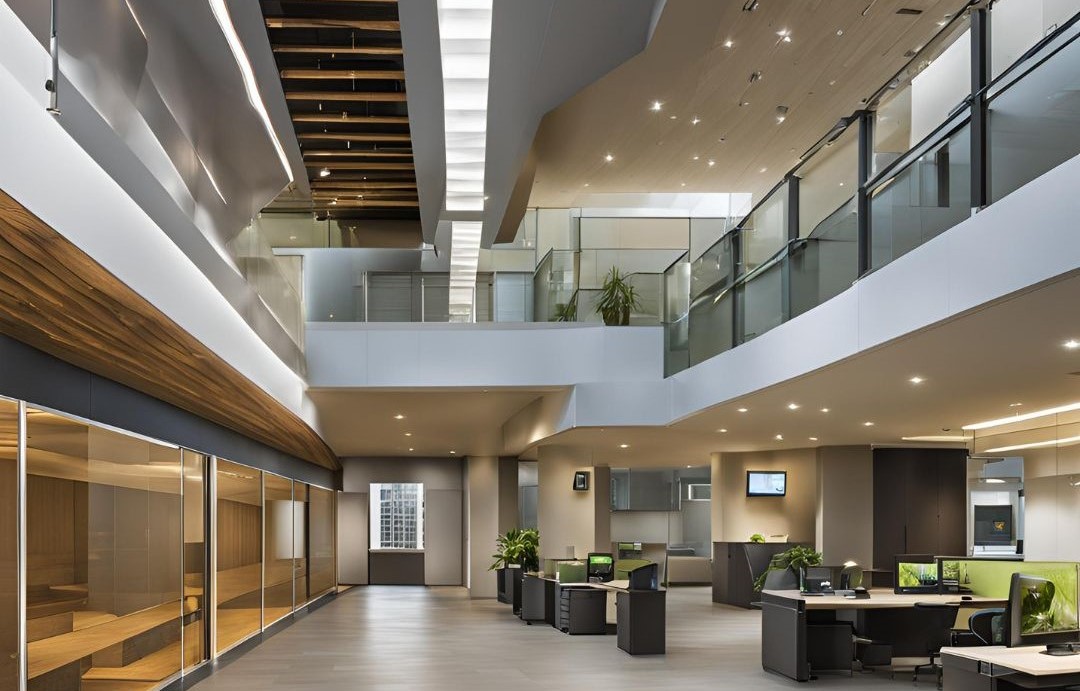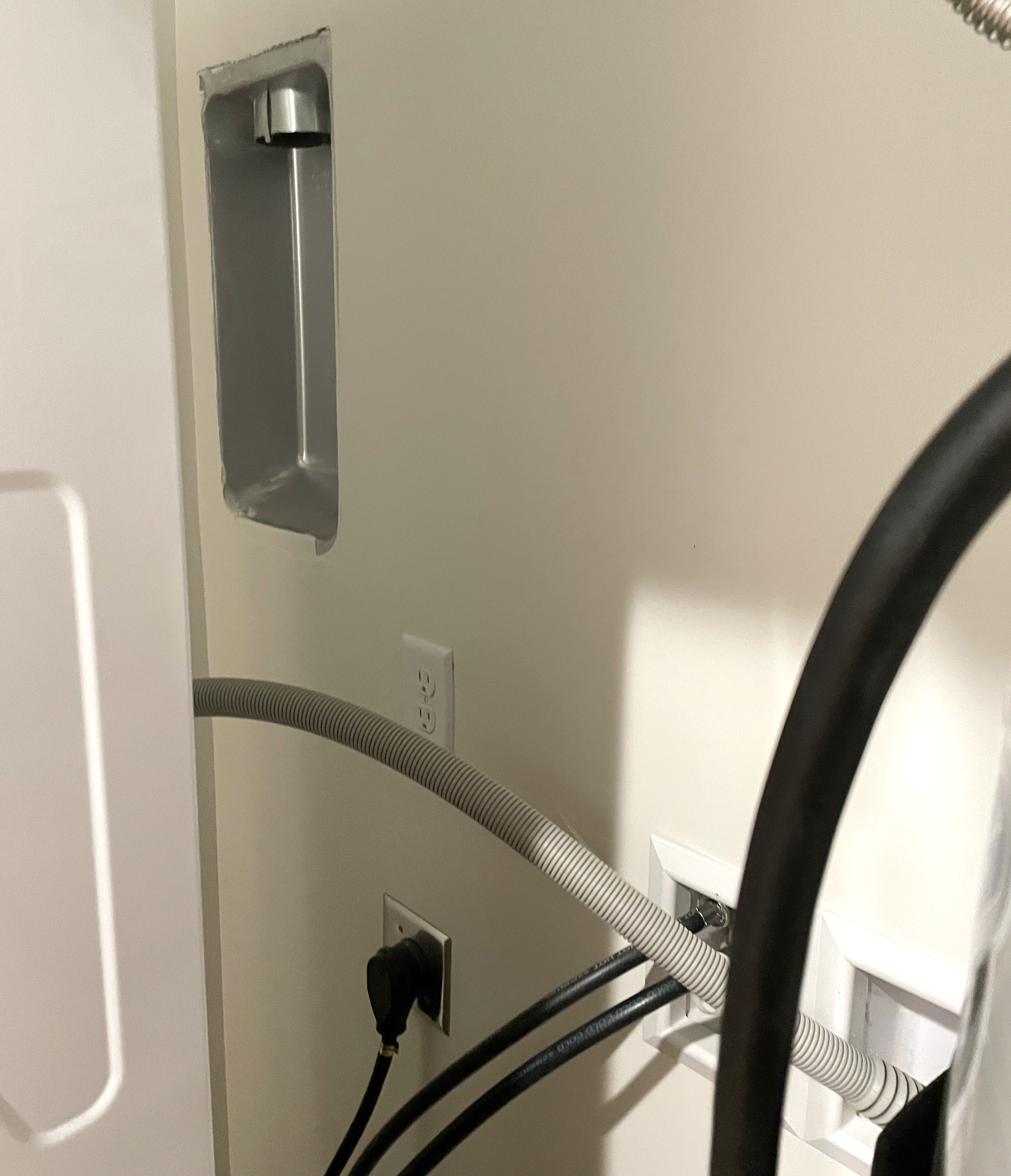
New Refrigerant Requirements (A2L) – AIM Act 2020
As a leading provider of mechanical, electrical and plumbing (MEP) engineering services, we know that changing regulations can have a significant impact on a project, both before and after. The new, current refrigerant requirements include applications in building HVAC systems. Our purpose with this article is to provide important insight into how these new rules affect architects and the construction process.
Introduction:
The adoption of the American Innovation and Manufacturing (AIM) Act of 2020 is requiring changes in the comfort cooling industry. The EPA is using the AIM Act to require reduction of (HFCs). The comfort cooling industry is moving forward with the use of “mildly flammable” refrigerants in cooling equipment to meet the regulations. This will not be an exhaustive discussion of the new refrigerants and equipment involved.
Important Dates:
1. Air Conditioning Units – (traditional split system air conditioners – including heat pumps)
- Equipment using the current refrigerant (R410A) will continue to be manufactured until just prior to January 1, 2025.
- Equipment using R410A will need to be completely installed prior to January 1, 2026. This will include the condensing unit being installed, the cooling coil and furnace or fan coil installed, the refrigerant lines installed and the refrigerant charged (requires the system to be running).
- Note that equipment using the new refrigerant is not yet available.
2. Automotive – (cars, trucks, etc.)
- Some manufacturers started using the new refrigerant in 2013 in select automobiles and the rest began using it in all of their vehicles by 2018.
- Eighteen of the major car manufacturers are currently using the new refrigerant in their automobiles.
- The A2L refrigerant found in automobiles is 1234YF.
3. Household Appliances
- Residential refrigerators and freezers began using A2L refrigerants in 2008.
A2L Refrigerants:
1. Flammability – (mildly flammable)
- The A2L refrigerants are only mildly flammable under specific conditions (large leak with a high concentration).
- Ignition would require an open flame or high energy source.
- Difficult to ignite and have a low flame propagation speed.
2. Environmentally Friendly
- A2L refrigerants have a low Global Warming Potential (GWP).
3. How will using A2Ls affect Construction?
- A2L refrigerant lines are required to be in a fire rated shaft that is ventilated when they pass through more than one fire rated floor/ceiling assembly. In the past, it has been common practice to route refrigerant lines in walls or other available spaces.
- A2L refrigerant lines may not be installed within a fire rated exit access corridor, exit passageway, etc. This will prevent the placement of cooling equipment in most commercial building corridors.
Some promising strategies being discussed in the industry:
1. Locate outdoor air conditioning units on the ground level to serve levels one and two. Locate outdoor air conditioning units on the roof that serve levels three and four.
2. Use VTACs to serve apartment units. VTACs are self-contained and do not require an outdoor unit.
3. Locate the outdoor air conditioning units on the balcony of the apartment unit that they serve.
4. Route refrigerant lines on the exterior of the building (covered by a shroud).
5. Provide the required fire rated shafts (multiple locations as needed), provide the shaft ventilation as required by code.
Conclusion:
It will be critical to determine the best route forward for each commercial project that utilizes outdoor air conditioning units with indoor furnace or fan coil systems. The transition dates will require very careful planning and strict construction completion schedules. We recommend working closely with your chosen engineers to ensure that all of the new HVAC systems requirements are met in regard to the new refrigerants that are being used.
With a team of over 40 talented professionals, more than 30 years in business and a track record of over 7,900 successful projects under our belt, we take pride in our ability to deliver superior MEP Engineering services that exceed expectations. We are well equipped to handle any projects you may have that include HVAC systems to ensure all rules and regulations are met right up front, keeping your company safe and compliant. Contact us today to discuss your next building design.



